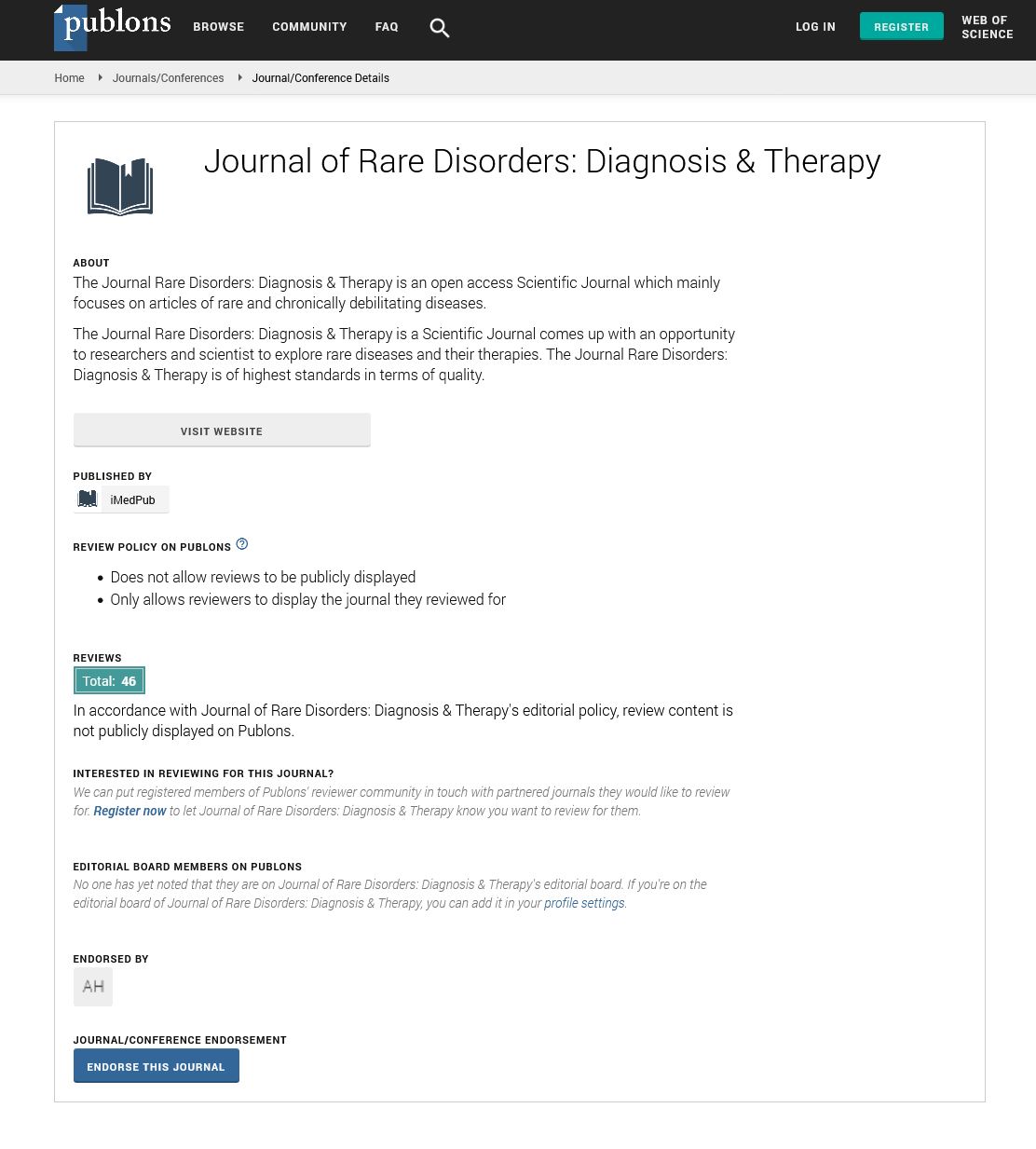Abstract
Gigantic Jejunal Artery Pseudoaneurysm:A Very Rare Case Report, its Management with Endovascular Coiling and Review of the Literature
Pseudoaneurysm is a rare but potentially fatal complication in chronic pancreatitis. The proposed mechanisms for the formation of the pseudoaneurysm suggested the prevalence of pancreatic enzymes at the peripancreatic region or within the pseudocyst that causes erosion of the adjacent arterial wall, leading to vessel rupture into the surrounding cavity or the pseudocyst sac. Mortality rates for pseudoaneurysm rupture can be as high as 70% depending on the condition of the patient, additional comorbidities, the location of the pseudoaneurysm, and the treatment received. The incidence rate for jejunal artery pseudoaneurysm, whether with or without association to chronic pancreatitis, is exceptionally infrequent, with only a handful of cases ever reported. We present a rare case of a 37-yearold patient with a gigantic (10.3 cm in maximum diameter) pseudoaneurysm arising from the 1st jejunal artery with active contrast extravasation into the pseudoaneurysm sac observed under computed tomography angiography. Given the rarity of jejunal pseudoaneurysms, this is the largest size ever reported in current literature. We propose the noteworthy size is linked with continual irritation from surrounding chronic pancreatic inflammatory reactions, resulting in the increased elasticity and pliancy of the pseudoaneurysms/pseudocyst walls. This case report also offers an example of successful endovascular intervention for jejunal pseudoaneurysm in which surgical intervention is technically difficult or even impossible.
Author(s):
Chih-Wei Chen, Ming-Chen Shih, Min-Fang Chao, Yen-Fu Lin, Chia-Hsin Lu and Ding-Kwo Wu
Abstract | Full-Text | PDF
Share this

Google scholar citation report
Citations : 241
Journal of Rare Disorders: Diagnosis & Therapy received 241 citations as per google scholar report
Journal of Rare Disorders: Diagnosis & Therapy peer review process verified at publons
Abstracted/Indexed in
- Google Scholar
- China National Knowledge Infrastructure (CNKI)
- Directory of Research Journal Indexing (DRJI)
- Publons
- International Committee of Medical Journal Editors (ICMJE)
- Secret Search Engine Labs
- Euro Pub
Open Access Journals
- Aquaculture & Veterinary Science
- Chemistry & Chemical Sciences
- Clinical Sciences
- Engineering
- General Science
- Genetics & Molecular Biology
- Health Care & Nursing
- Immunology & Microbiology
- Materials Science
- Mathematics & Physics
- Medical Sciences
- Neurology & Psychiatry
- Oncology & Cancer Science
- Pharmaceutical Sciences


